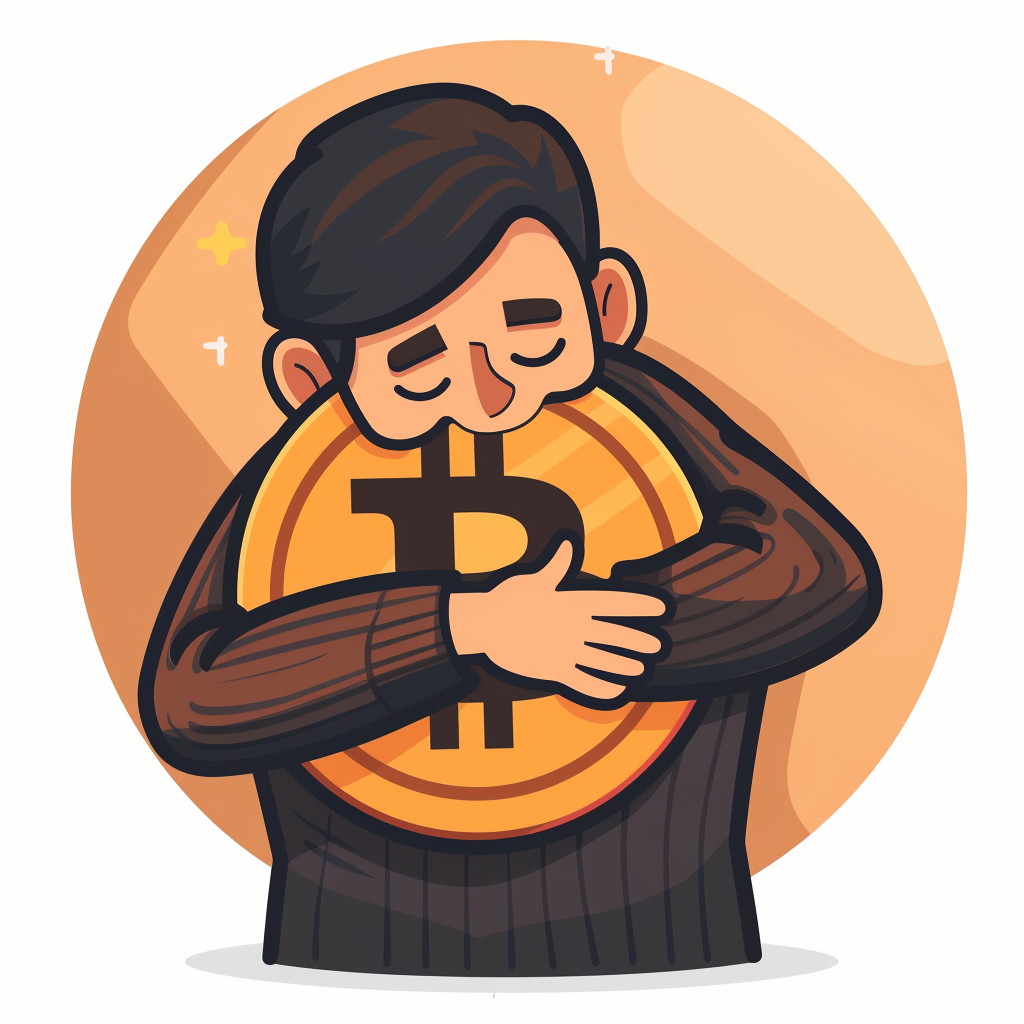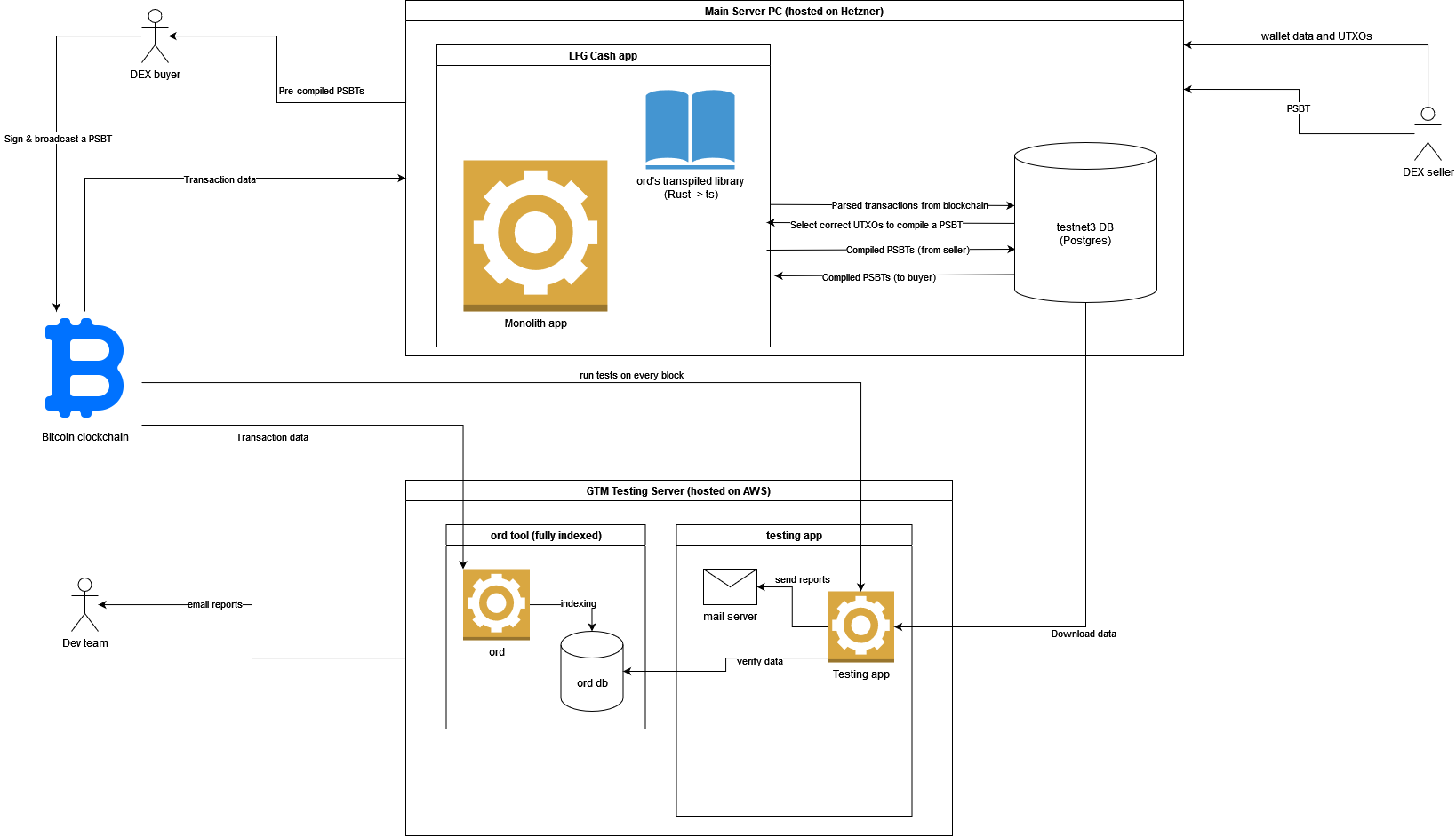Runes
Pioneering Fungible Token Protocol on the Bitcoin Network
Tags: Bitcoin, Runes, Ordinals, NFT, BRC-20, UTXO, Ongoing, QA, Security
Tags: Bitcoin, Runes, Ordinals, NFT, BRC-20, UTXO, Ongoing, QA, Security
Short description
We work directly with the developers of the Bitcoin Ordinals and Runes, participating in the development of the world’s first Bitcoin Runes DEX. Our team is responsible for QA infrastructure. We write code based directly on the ‘ord’ source code (ord is the software that implements Bitcoin Runes protocol), interacting with Bitcoin at the opcode level - it’s like assembler, but for Bitcoin. This approach allows us to manipulate Bitcoin's low-level instruction set, enabling transaction logic not possible with higher-level applications.
Still have questions?

Problem & Solution
Problem
Our client has a core team that is developing a Runes DEX (this team also has members actively maintaining the main repository of Bitcoin Runes). Since the underlying protocol is still under development, our team had an important task: end-to-end testing. It is necessary to ensure that the protocol functions flawlessly and is correctly integrated with market operations. The specifics of the Bitcoin Runes protocol are such that a user can send their runes by mistake when sending the transaction. To avoid that, our team establishes QA infrastructure that makes sure that all Rune transactions are correctly handled. This involves rigorous testing to protect the platform from any inconsistencies and vulnerabilities.
Solution
To solve the problem posed by the client, we provided our team - highly qualified developers with mathematical background, a project manager and technical writers. We create documentation, find inconsistencies and corner cases - document them and cover them with tests, guaranteeing the operation of the marketplace and protocol, as well as the absence of vulnerabilities. We document all this and create onboarding materials for the future deevlopers.
Top 3 solutions
Working with the new protocol
The rune protocol and marketplace are only at the stage of creation. We are directly involved in the work on them and guarantee their functionality and the absence of vulnerabilities.
Learning from code
As the protocol is in active development, we work with source code as documentation. Based on the code, we understand how a particular process works and document it. Documentation will help future developers to quickly understand how the protocol and the app work.
Documentation in the external ClickUp system
Weekly reporting to the client, constant communication and creation of daily detailed reports. This approach helps the client understand at what stage the development process is, how soon it will be ready, what difficulties arise, and also promptly and quickly direct the team in the right direction if they want to make changes to the project.
Unique and important solutions
In our commitment to ensure maximum accuracy and safety, we have improved the verification process by introducing a double verification system of the database:
1. Comprehensive historical verification. Our first level of verification thoroughly scans from the creation of the blockchain to the present day. This extensive verification ensures that every transaction and block follows established protocols and remains unaffected, providing a strong foundation of trust and reliability.
2. Incremental block checking. In addition to our thorough historical review, the second level focuses solely on the last added block. This phased approach was developed by our team as a strategic solution to improve the speed of data validations. This allows us to quickly validate new data without compromising thoroughness or security.
This two-way verification strategy not only speeds up the process, but also strengthens the integrity of the blockchain, protecting it from potential vulnerabilities.
1. Comprehensive historical verification. Our first level of verification thoroughly scans from the creation of the blockchain to the present day. This extensive verification ensures that every transaction and block follows established protocols and remains unaffected, providing a strong foundation of trust and reliability.
2. Incremental block checking. In addition to our thorough historical review, the second level focuses solely on the last added block. This phased approach was developed by our team as a strategic solution to improve the speed of data validations. This allows us to quickly validate new data without compromising thoroughness or security.
This two-way verification strategy not only speeds up the process, but also strengthens the integrity of the blockchain, protecting it from potential vulnerabilities.
Architecture

Technology stack
TypeScript
Bitcoin Protocol
Bitcoin Protocol
Killer Feature
We ensure an unmatched level of security and data integrity through our comprehensive protocol vulnerability assurance and data validation. The result of our work is that the protocol is free of flaws that could compromise the system, while maintaining strict verification, accuracy and reliability of the data managed on the blockchain.
Similar products we can create
Blockchain R&D (Research and Development):
Blockchain R&D involves the exploration and creation of new technologies within the blockchain ecosystem. This encompasses the development of innovative blockchain protocols, improvements to scalability and security, and the integration of blockchain with other emerging technologies like AI and IoT.
Blockchain QA (Quality Assurance) Infrastructure:
Blockchain QA infrastructure refers to the systems and processes put in place to ensure the quality and reliability of blockchain applications. This involves testing blockchain solutions across various parameters such as performance, security, and user experience to identify and fix bugs or vulnerabilities.
Blockchain R&D involves the exploration and creation of new technologies within the blockchain ecosystem. This encompasses the development of innovative blockchain protocols, improvements to scalability and security, and the integration of blockchain with other emerging technologies like AI and IoT.
Blockchain QA (Quality Assurance) Infrastructure:
Blockchain QA infrastructure refers to the systems and processes put in place to ensure the quality and reliability of blockchain applications. This involves testing blockchain solutions across various parameters such as performance, security, and user experience to identify and fix bugs or vulnerabilities.